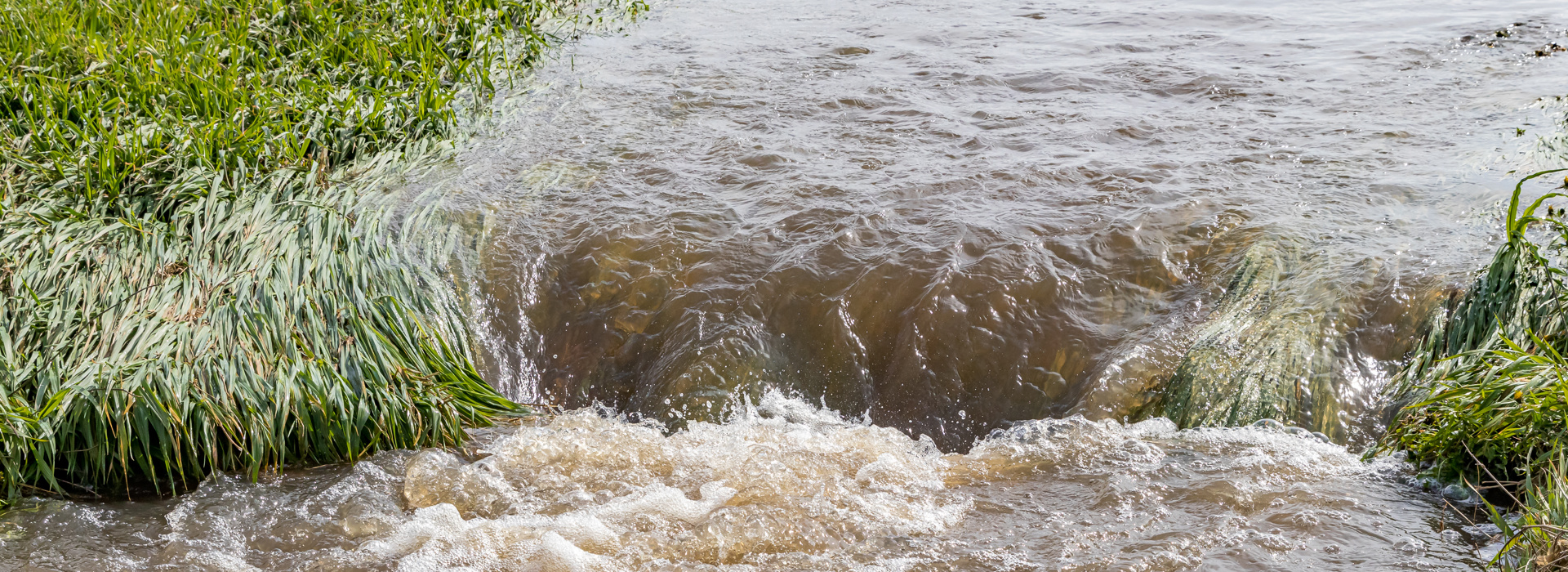
09 December 2024 | 3 min. readingtime
Why a.s.r. does not invest in weapons directly
a.s.r. has excluded direct investments in the arms industry since 2007. Let us explain why we do not invest in weapons directly.

01 June 2023 | 4 min. readingtime

Water shortage is a growing concern in many parts of the world, including Europe. While Europe as a whole is not considered to be a water-scarce region, there are several areas within the continent where water scarcity is a serious problem. The southern part of Europe is experiencing its second major drought in less than a year. France experienced 32 consecutive days without any rain anywhere in France, the longest dry spell in winter since monitoring began, Spain broke heat records in March and in Italy the river Po is carrying 61% less water than usual at this time of the year. Source: The Economist
When looking at Europe, the Alps can be seen as Europe’s water tower, providing between 25 and 50% of water through the continent’s main rivers, Danube, Po, Rhine and the Rhône. The lack of snow on the Alp mountains mostly led to discussions about how ski holidays were affected, but another more essential aspect is how low snow levels lead to significant lower melting water levels and therefore unusually low river levels, and with them water supplies for the people and plants along their banks. But also countries not relying on the Alps are experiencing low rainfall levels. Spain’s country is both high and dry and has experienced multiple droughts throughout history. Most of its water is in the north, but Spain’s southern parts the reservoirs are running low. Looking at country level, reservoirs are generally well filled in Spain, as well as France and Switzerland. But a dry spring may lead to problems in agriculture and the dependence on Europe’s hydroelectric plants.
These problems underpin the necessity of well organized water management. Water management in Europe is a complex and multifaceted issue that involves a wide range of stakeholders, including government agencies, NGOs, industry, and local communities. The management of water resources in Europe is influenced by a variety of factors, including climate change, population growth, urbanization, and changing patterns of land use. Water management in Europe is a complex and multifaceted issue that involves a wide range of stakeholders, including government agencies, NGOs, industry, and local communities. The management of water resources in Europe is influenced by a variety of factors, including climate change, population growth, urbanization, and changing patterns of land use. To address these challenges, European countries have developed a range of policies, laws, and management strategies to promote sustainable water use and protect water resources. The European Union has also established several directives and frameworks that set common standards for water quality, water use efficiency, and water resource management across the member states.
Some of the key strategies and initiatives for water management in Europe
include:
- Water conservation and efficiency measures: European countries are promoting water conservation and efficiency measures to reduce water consumption in households, industry, and agriculture. This includes water pricing policies, water-efficient technologies, and awareness-raising campaigns.
- Water reuse and recycling: Many European countries are investing in water reuse and recycling technologies to reduce the demand for freshwater resources and increase water availability. This includes the use of treated wastewater for irrigation, industrial processes, and urban uses.
- Integrated water resource management: European countries are adopting integrated water resource management approaches that take into account the social, economic, and environmental aspects of water use. This includes stakeholder engagement, basin-wide planning, and ecosystem-based management.
- Flood and drought management: European countries are developing strategies and plans to mitigate the impacts of floods and droughts on water resources, infrastructure, and communities. This includes flood risk mapping, early warning systems, and drought contingency planning.
At a.s.r. we acknowledge the risk of water stress and therefore we also started a collaborative engagement with Ceres, the Valuing Water Finance Initiative.

09 December 2024 | 3 min. readingtime
a.s.r. has excluded direct investments in the arms industry since 2007. Let us explain why we do not invest in weapons directly.

05 July 2023 | 1 min. readingtime
Secondary effects resulting from rapid climate change, can cause the overall risk picture to be underestimated by governments, businesses and
individuals.

04 July 2023 | 2 min. readingtime
In June 2023, this lobby for less microfibers in the oceans won the 'ESG Engagement Initiative of the Year'